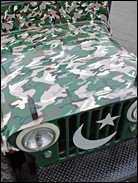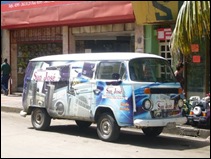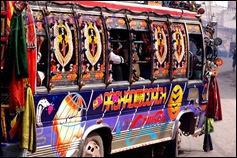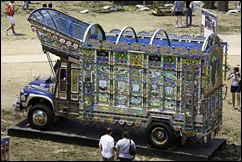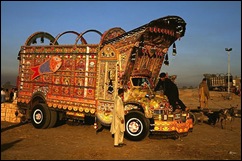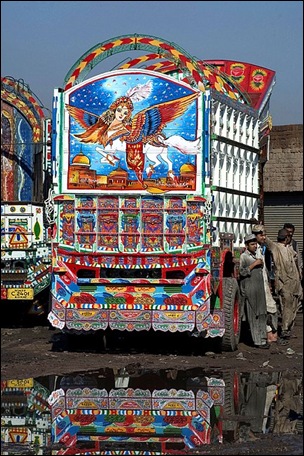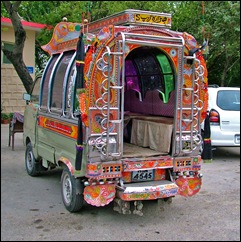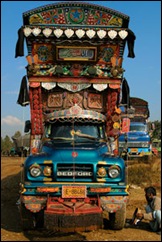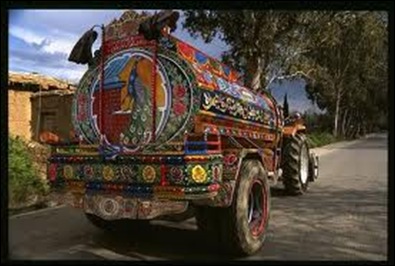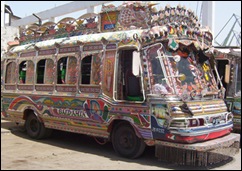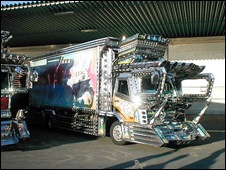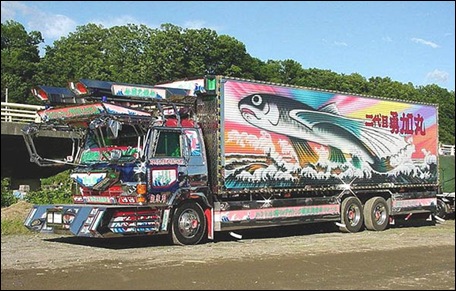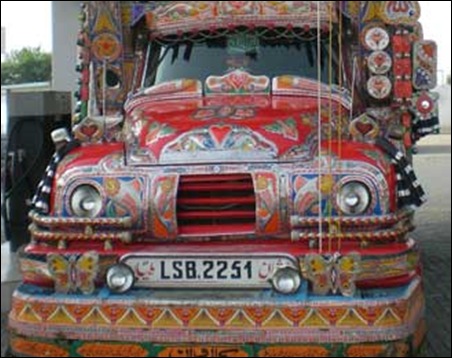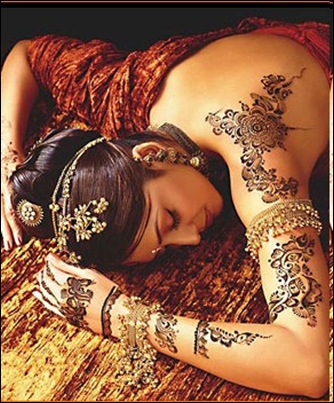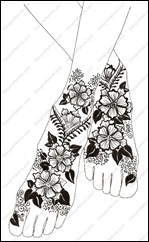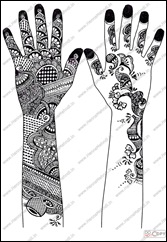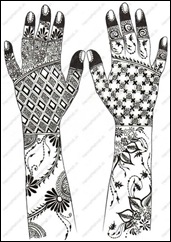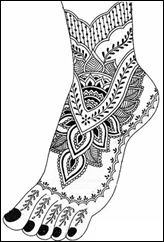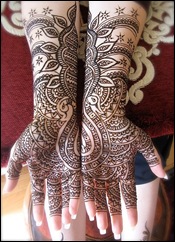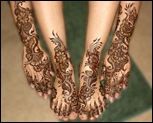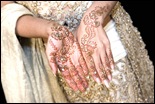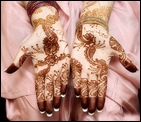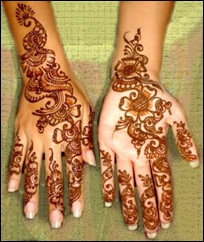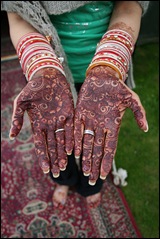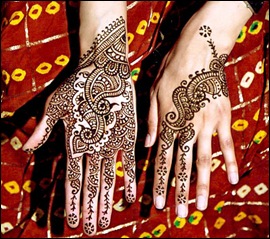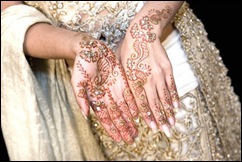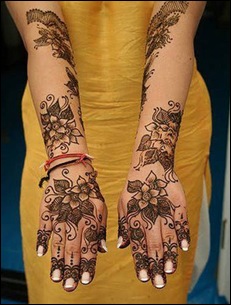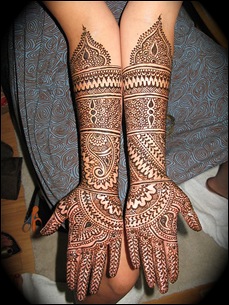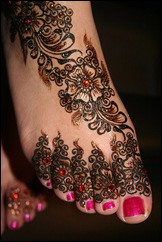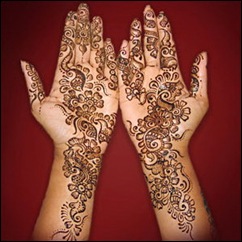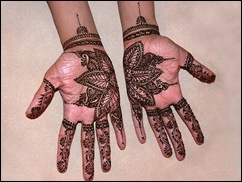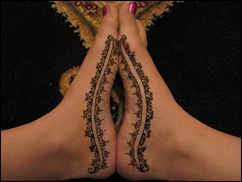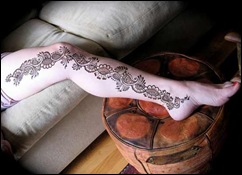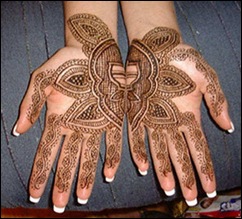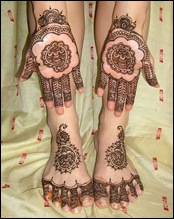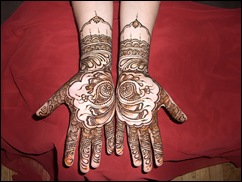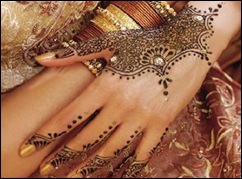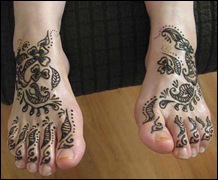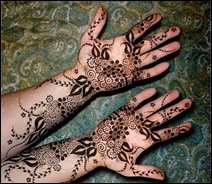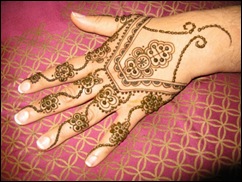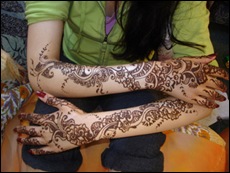Handcraft, History, E-Books, Culture, Universe, UFO, Relax, DIY, Knowledge, Nail Art, About, Stories, Zeitgeist, Cooking, Second Life, Crochet, Knit, Embroidery, Ribbon Embroidery, Gobelin, Beading, Cross Stitches, Recipes, Art
PAKISTANI DECORATED VEHICLES
One of the most striking aspects of landscape and society in Pakistan is the vision of trucks and buses completely covered in a riot of color and design. They might spew diesel fumes, they may take up all of the winding, narrow, under-maintained road one is trying to negotiate, but they are certainly noticeable, like so many mechanical dinosaurs adorned in full courtship colors.
The decoration of vehicles is a common practice in a number of countries in addition to Pakistan. Similar techniques and materials are employed in truck and (more frequently) bus decoration in the Philippines, Indonesia and several countries in Central and South America; in South Asia itself, Indian trucks are painted, as are the bicycle rickshaws of Bangladesh. What makes the case of Pakistan unusual, however, is the pervasiveness of vehicle decoration, since decoration is heavily used on virtually all private and fleet-owned commercial vehicles, from the well-known trucks and buses to vans, share taxis, animal carts and even juice vendors’ pushcarts (a circumstance shared only by Afghanistan).
Vehicle decoration is an expensive undertaking. It costs about $5,000 to do the bodywork on a truck, although much of the cost goes toward structural modifications to the vehicle (the per capita income in Pakistan is $2,100, as measured by Purchasing Power Parity). Most Pakistani trucks are not owner-operated, but belong to fleets. In the case of larger fleets it is the norm for fleet owners to authorize the driver to take the vehicle to a coachwork shop at company expense and have it decorated according to his own taste (although in many fleets all trucks have similar lettering and colors on the side panels). In the case of smaller fleets, where the owner possesses three or four trucks, he takes a much more active role in the vehicles’ decoration. Given the owner’s and operator’s lack of direct economic benefit in decorating a truck and the absolute pervasiveness of this form of art—it is safe to say that every intercity privately owned truck in Pakistan is decorated—it becomes obvious that the motivation to decorate lies somewhere else. The motifs on trucks display not just aesthetic considerations, but attempts to depict aspects of the religious, sentimental and emotional worldviews of the individuals employed in the truck industry. And since trucks represent the major means of transporting cargo throughout Pakistan, truck decoration might very well be this society’s major form of representational art.
The symbolism connected with safety of person and livelihood dominates the truck and also the trucker’s behavior (visits to shrines, the religious stickers adorning the interior of the truck). The need to avoid misfortune and gain good fortune provides a simple explanation for the talismanic objects, symbols and explicit religious motifs on the truck. However, their specific nature and placement provide evidence for my assertion that truck decoration functions linguistically, and that the choice of motifs and their location are the syntax through which varying messages can be conveyed.
Clearly Pakistani truck art offers the scholar a rich vein to mine, but one does not need to be a specialist to appreciate the talent, pride and exuberance the artwork represents. And these qualities are all the more striking for their context: The artwork does not occur in a palace, mosque or church, but on common work vehicles in one of the world’s poorest countries. Pakistani truck art, then, can be seen as a monument to the irrepressibility of human nature, but its more important role is to remind us that we all share it.
THE ART OF MEHNDI IN PAKISTAN
Mehndi (Hindi: मेहँदी, Urdu: مہندی) is the application of henna as a temporary form of skin decoration in the Indian Subcontinent, as well as by expatriate communities from these areas. Mehndi decorations became fashionable in the West in the late 1990s, where they are sometimes called henna tattoos. Henna is typically applied during special occasions like weddings and festivals like Diwali, Bhaidooj, Teej and Eid. In some Hindu festivals every woman tries to have Henna done on her hands and feet. It is usually drawn on the palms and feet, where the color will be darkest because the skin contains higher levels of keratin which binds temporarily to lawsone, the colorant of henna. Henna was originally used as a form of decoration mainly for brides.
In the modern age usually people buy readymade Henna cones, which are ready to use and make painting easy. But in rural areas in India women grind fresh henna leaves on sil (grinding stone) with added oil, which though not as refined as professionally prepared henna cones, brings much darker colors.
The term henna tattoo is figurative, because true tattoos are permanent surgical insertions ofpigments underneath the skin, as opposed to pigments resting on the surface as is the case with mehndi.
Likely due to the desire for a "tattoo-black" appearance, many people have started adding the synthetic dye p-Phenylenediamine (PPD) to henna to give it a black colour. PPD is extremely harmful to the skin and can cause severe allergic reactions resulting in permanent injury or death. Alata (Mahur) is a flower-based dye used to paint the feet of the brides in some regions of India. It is still used in Bengal.
Popular brands of mehndi include Pakeezah, Golden, Dulhan, Zoom Golden, Baybe, Kewlarinova and Karachi.
Henna paste is usually applied on the skin using a plastic cone or a paint brush, but sometimes a small metal-tipped jacquard bottle used for silk painting (a jac bottle) is employed. The painted area is then wrapped with tissue, plastic, or medical tape to lock in body heat, creating a more intense colour on the skin. The wrap is worn three to six hours, or sometimes overnight and then removed. When first removed, the henna design is pale to dark orange in colour and gradually darkens through oxidation, over the course of 24 to 72 hours. The final colour is reddish brown and can last anywhere from one to three weeks depending on the quality and type of henna paste applied, as well as where it was applied on the body (thicker skin stains darker and longer than thin skin).

